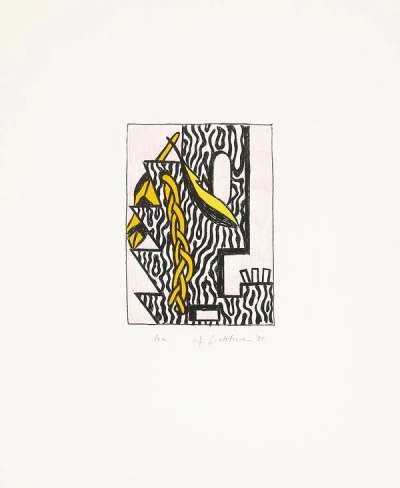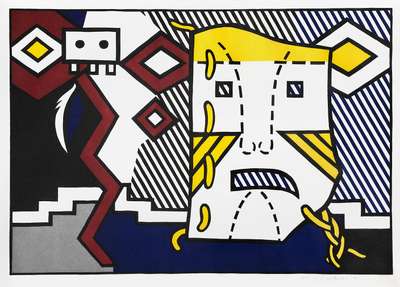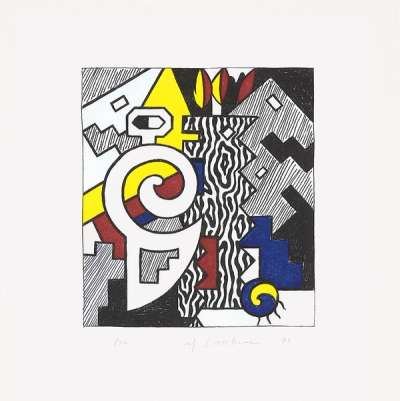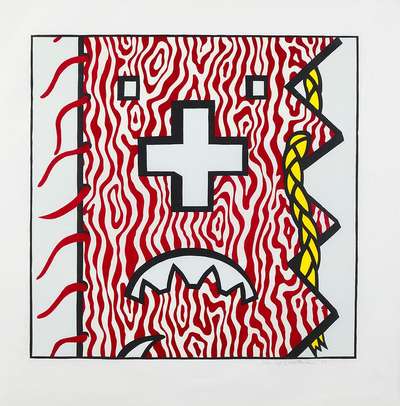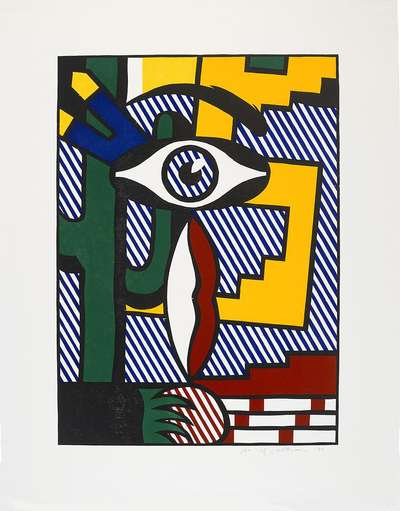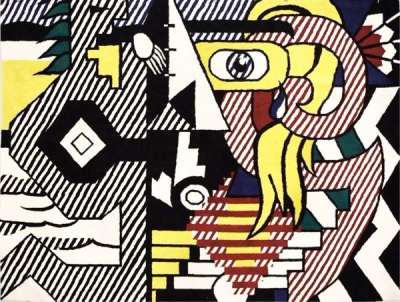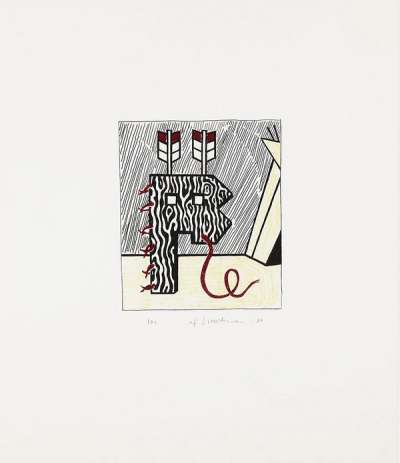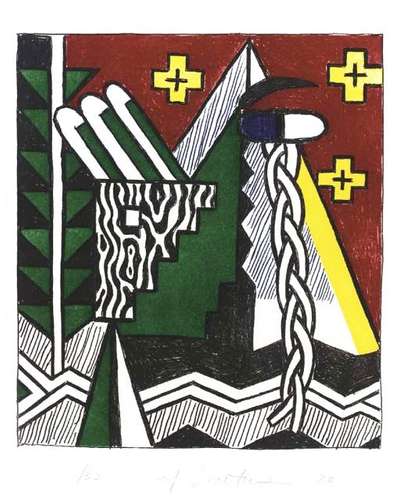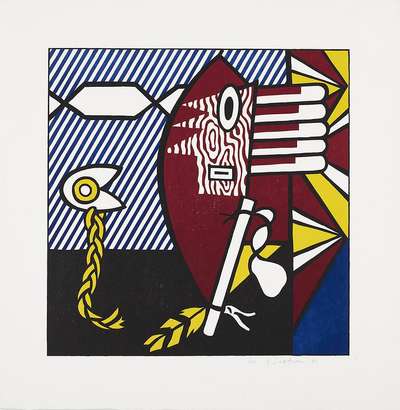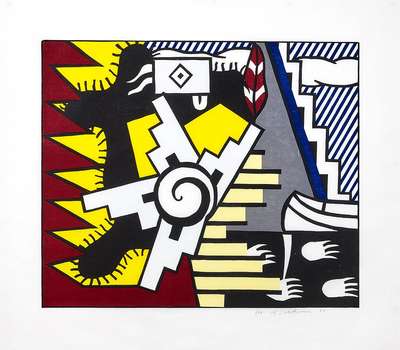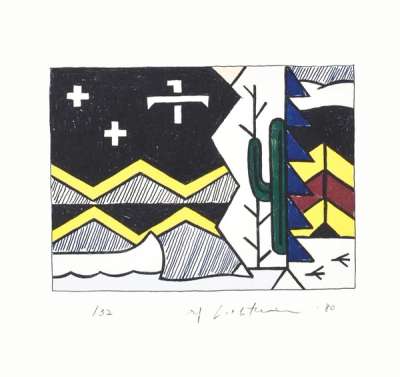
Head With Braids
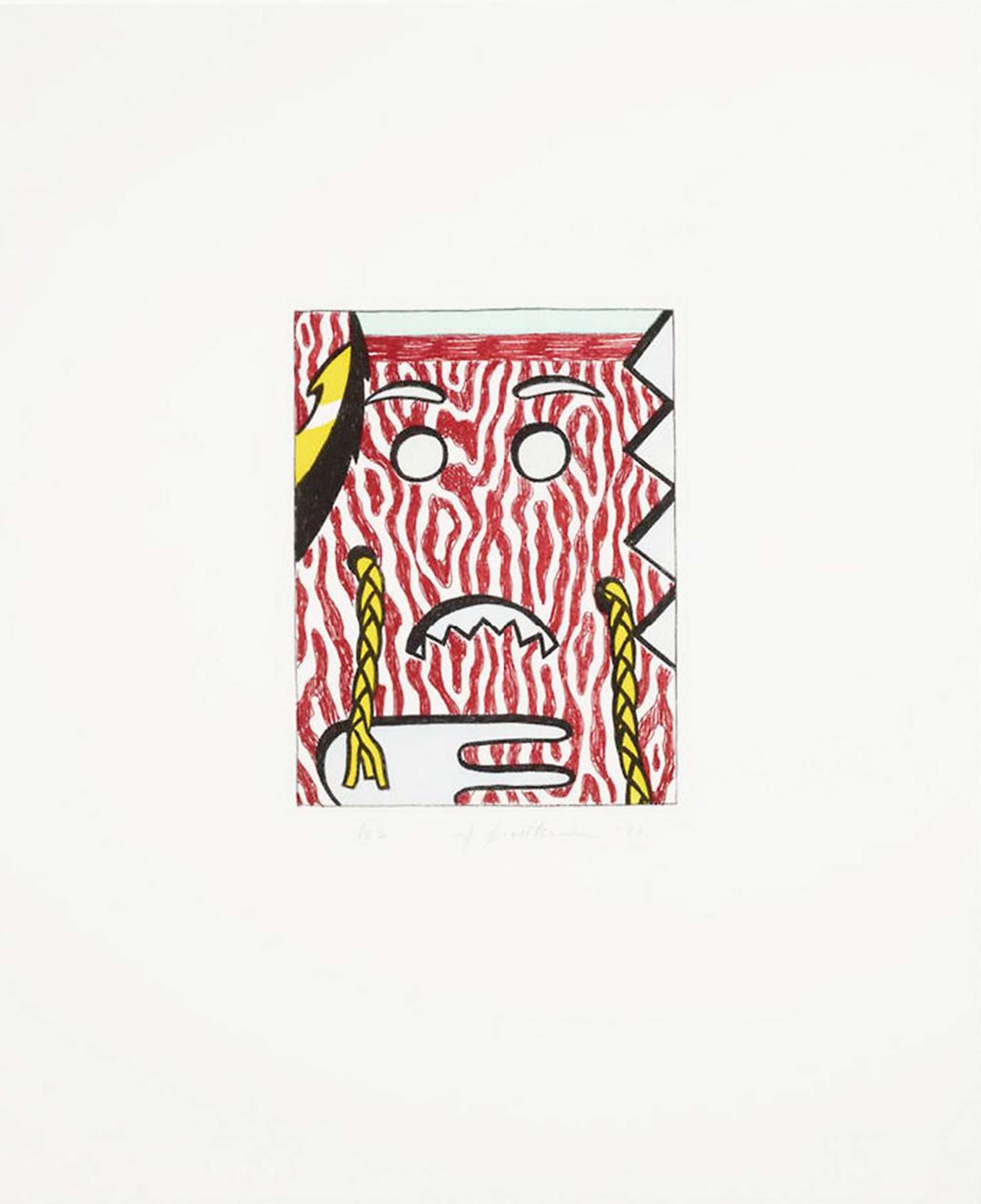
Head With Braids
Signed Print
Roy Lichtenstein
£3,900-£6,000
$7,500-$11,500 Value Indicator
$6,500-$10,500 Value Indicator
¥35,000-¥60,000 Value Indicator
€4,550-€7,000 Value Indicator
$40,000-$60,000 Value Indicator
¥740,000-¥1,140,000 Value Indicator
$4,950-$7,500 Value Indicator
AAGR (5 years) This estimate blends recent public auction records with our own private sale data and network demand.
There aren't enough data points on this work for a comprehensive result. Please speak to a specialist by making an enquiry.
Medium: Intaglio
Edition size: 32
Year: 1980
Size: H 26cm x W 21cm
Signed: Yes
Format: Signed Print
MyPortfolio
Your collection tracked in real time.
Build your portfolio, manage valuations, view return against your collection and watch works you're looking for.
Track auction value trend
Auction Results
| Auction Date | Auction House | Artwork | Hammer Price | Return to Seller | Buyer Paid |
|---|---|---|---|---|---|
| March 2023 | Sotheby's New York - United States | Head With Braids - Signed Print | |||
| May 2009 | Lempertz, Cologne - Germany | Head With Braids - Signed Print | |||
| November 2006 | Lempertz, Cologne - Germany | Head With Braids - Signed Print |
Meaning & Analysis
Roy Lichtenstein first contemplated Native American heritage and culture in his American Indian Encounters of the 1950s. The artist’s revision of the topic from the 1980s, titled American Indian Theme series, features simplified pop versions of indigenous motifs and objects.
Executed during his second period of engagement with the topic, Head With Braids from 1980 ponders the representation of one specific Native American artefact. The print depicts a section of a carved faux-wood surface, evoking the shape and appearance of the belly of a totem pole. Dark pigments are used to indicate the depth of the carvings where the tiny square eyes and the downturned mouth sit.
In line with Lichtenstein’s American Indian Theme VI of the same series, the figure is fixed on a white background. The ragged wood is punctured and intertwined by yellow braids poking through it. The rope and the ragged detail in particular are both recurring elements featured in Lichtenstein’s American Indian Theme series.
As opposed to the gouged wooden indentations used in other editions of the series, the particular relief process applied here is intaglio. The technique produces defined but scarce areas of shading. Aquatint was applied in conjunction with the etching, producing areas of tone and texture rather than definite outlines.
